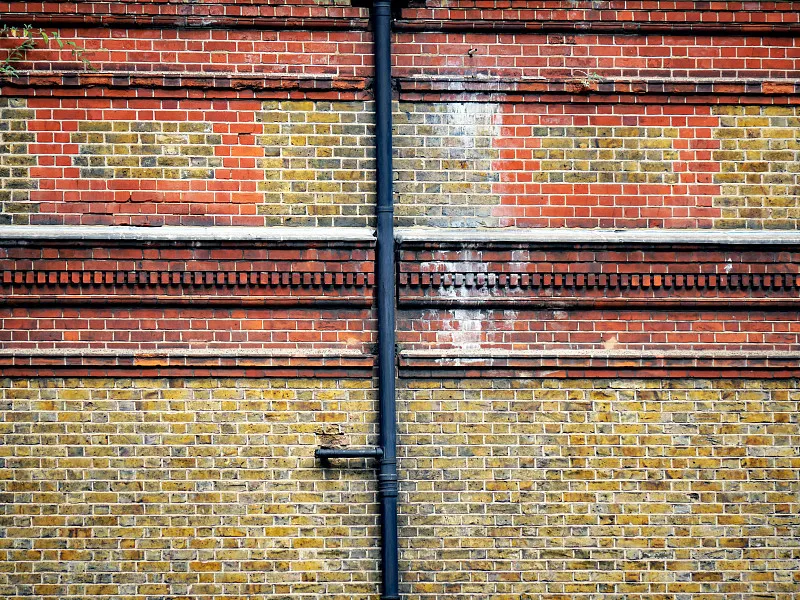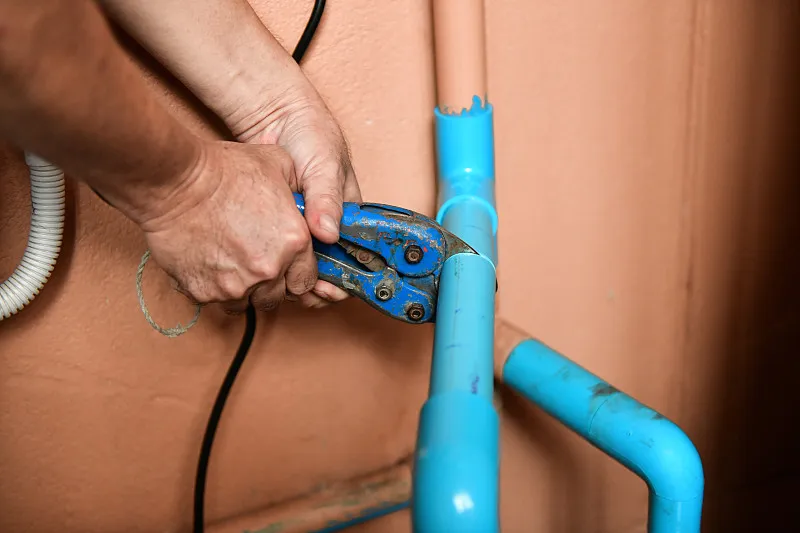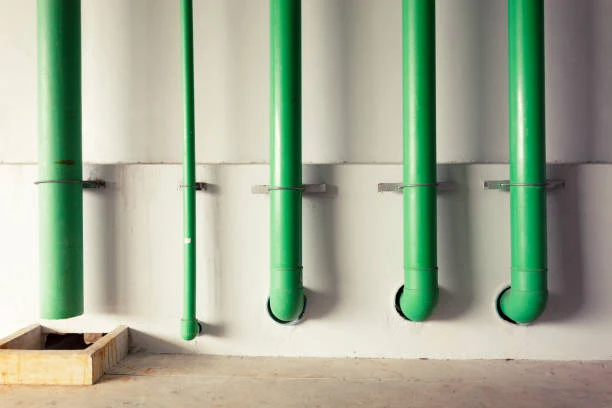Introduction to PPR Pipe Fittings
When constructing or renovating a plumbing system, it’s not just about the pipes themselves but also the fittings that connect and enhance the functionality of those pipes. PPR Pipe fittings are designed to connect, terminate, or change the direction of the pipes in a system. Without the correct fittings, a plumbing system would not function efficiently or safely.
What Are PPR Pipe Fittings?
PPR pipe fittings are components used to connect PPR pipes, allowing water or other fluids to flow seamlessly through the system. These fittings include elbows, tees, couplings, and other shapes that fit various plumbing requirements. Made from polypropylene random copolymer (PPR), these fittings offer superior resistance to corrosion, high temperatures, and chemicals, making them a reliable choice for modern plumbing.
Why Are They Important?
The importance of PPR pipe fittings lies in their ability to create leak-free, secure connections. Properly fitted and installed PPR fittings ensure a smooth and efficient flow of water or gas through the pipes, preventing potential leaks, pressure drops, or system failures. The quality of the fittings also contributes to the longevity and sustainability of the entire piping system.
Types of PPR Pipe Fittings
There is a wide variety of PPR pipe fittings, each designed for specific applications. Let’s take a closer look at the most common types:
Elbow Fittings
Elbows are used to change the direction of the pipe. They come in different angles, typically 45° or 90°, and are used to reroute the flow of fluids or gases in a plumbing system.
- 90° Elbow: The most commonly used elbow for sharp turns in a system.
- 45° Elbow: Used for more gradual turns.
Tee Fittings
Tee fittings are shaped like the letter “T” and are used to connect three pipes. A tee fitting can either create a branch connection from the main pipe (a “tee-off”) or join two pipes at an angle.
- Equal Tee: All three openings have the same size and diameter.
- Reducing Tee: One opening is smaller than the others to fit different pipe sizes.
Couplings and Connectors
Couplings are used to join two pipes of the same diameter together. They are a simple, straightforward fitting used to extend a pipe or repair a broken connection. Connectors, on the other hand, are used for connecting different sections of a plumbing system.
- Straight Couplings: Used to connect two straight sections of pipe.
- Compression Connectors: Used for pipes that require additional sealing.
Reducers
Reducers are used to connect pipes of different sizes, allowing a smooth transition between the two. They are particularly useful in systems where the flow rate or pressure needs to be adjusted.
- Concentric Reducer: Reduces the pipe diameter in a symmetrical manner.
- Eccentric Reducer: Reduces the diameter asymmetrically, often used in drainage systems.
End Caps
End caps are fittings that seal the end of a pipe. These are used when a system needs to be closed off, either temporarily or permanently.
How PPR Pipe Fittings Work
PPR pipe fittings work by using a heat fusion process, where both the pipe and the fitting are heated to a specific temperature and then fused together. The heated parts bond chemically, creating a leak-proof joint that is as strong as the pipe itself.
The Fusion Process
To achieve a secure joint, the ends of the PPR pipe and fitting are heated using a fusion tool, which then melts the material slightly. Once the parts are melted, they are pushed together and held until the material cools and solidifies, forming a seamless, durable connection.
Creating Strong, Leak-proof Joints
One of the key benefits of using PPR pipe fittings is the strength of the fusion joint. These joints are resistant to leaks, corrosion, and thermal expansion, making them ideal for both hot and cold water systems.

Applications of PPR Pipe Fittings
Residential Plumbing
In residential settings, PPR pipe fittings are commonly used for water supply and drainage systems. Their resistance to scale and corrosion makes them ideal for both drinking water and wastewater applications.
Commercial and Industrial Plumbing
In commercial buildings and industrial settings, PPR pipe fittings are used to transport not only water but also air and chemicals. Their versatility and resistance to a wide range of substances make them suitable for various applications.
Heating and Cooling Systems
PPR pipe fittings are also widely used in heating, ventilation, and air conditioning (HVAC) systems. They can withstand high temperatures, making them perfect for hot water heating systems.
Benefits of Using PPR Pipe Fittings
Durability and Longevity
PPR pipe fittings are designed to last for decades. They resist corrosion, scaling, and UV degradation, which makes them a long-term solution for plumbing systems.
Resistance to Corrosion
Unlike metal pipes, PPR pipe fittings do not corrode over time, which can significantly extend the life of the system and reduce maintenance costs.
Chemical and Pressure Resistance
PPR fittings can handle a wide range of chemicals and high-pressure systems, making them ideal for use in industrial settings where other materials might fail.
How to Choose the Right PPR Pipe Fittings
Consider the Type of Application
Always consider the specific plumbing application when selecting your fittings. For residential systems, basic fittings like elbows and tees are typically sufficient. For industrial applications, you might need specialized fittings such as reducers or larger diameter connectors.
Choose the Right Size and Diameter
Ensure that the fittings you select match the size and diameter of the pipes in your system. Choosing the correct size is essential for maintaining proper flow and preventing leaks.
Match Fittings to Pipe Specifications
Make sure the material specifications of the fittings match those of the pipes. For instance, if you’re using PPR pipes, you should use PPR fittings to ensure compatibility and integrity.
Common Mistakes When Using PPR Pipe Fittings
Using Incorrect Fittings
Using the wrong type of fitting for your system can lead to leaks, pressure issues, and system inefficiency. Always check the specifications and purpose of the fitting before installation.
Poor Installation Practices
Improper fusion techniques, such as overheating or underheating the pipe and fitting, can lead to weak joints. Always use the correct fusion tools and follow the manufacturer’s guidelines.
Not Following Manufacturer Guidelines
Each fitting type has specific installation instructions, including heating times and pressure limits. Failing to follow these instructions can result in poor performance and possible damage to the system.
The Installation Process of PPR Pipe Fittings
Tools Required for Installation
To install PPR pipe fittings, you’ll need a heat fusion tool, pipe cutter, and pipe preparation tools. These tools ensure that the pipes and fittings are properly prepped and fused for a secure connection.
Step-by-Step Guide to Installing PPR Pipe Fittings
- Cut the pipe to the desired length using a pipe cutter.
- Clean and prepare the pipe and fitting surfaces.
- Heat both the pipe and fitting using the fusion tool.
- Insert the pipe into the fitting while both parts are still hot.
- Hold the parts together until they cool and form a secure joint.
Maintenance and Care for PPR Pipe Fittings
Routine Inspection
Regularly inspect your PPR pipe fittings for any signs of wear, such as cracks, leaks, or discoloration. Ensure that there are no pressure build-ups in the system.
Cleaning and Flushing
Keep your PPR pipes and fittings clean by flushing the system periodically to remove any debris or buildup that may affect performance.
PPR Pipe Fittings vs Other Pipe Materials
Comparing PPR with PVC and Copper Fittings
PPR pipe fittings offer several advantages over other materials. PPR is more durable than PVC and can handle higher temperatures and pressures than PVC pipes. Compared to copper, PPR fittings are more affordable and corrosion-resistant.
Challenges in Using PPR Pipe Fittings
Counterfeit Products
There is a risk of counterfeit PPR fittings entering the market. Always ensure you buy from reputable manufacturers and suppliers to ensure product quality.
Limited Availability in Some Areas
PPR pipe fittings are not as widely available in some regions as traditional materials like PVC or copper. This may lead to higher costs or limited access to specific fitting types.
Sustainability of PPR Pipe Fittings
PPR pipe fittings are an eco-friendly choice for plumbing systems. They are made from recyclable materials and have a minimal environmental impact, making them a sustainable option for both residential and commercial projects.
Conclusion
PPR pipe fittings are an essential part of modern plumbing systems. Their durability, resistance to corrosion, and ease of installation make them an excellent choice for a variety of applications. Whether you’re building a new home, renovating an office, or working on an industrial project, understanding the different types of PPR pipe fittings and how to use them is crucial for achieving a secure, efficient plumbing system.
Frequently Asked Questions (FAQs)
1. What are the different types of PPR pipes fittings?
The most common types of PPR pipes fittings include elbows, tees, couplings, reducers, and end caps.
2. Can PPR pipes fittings be use for both hot and cold water systems?
Yes, PPR pipes fittings are designe to withstand both hot and cold water temperatures, making them versatile for various plumbing applications.
3. How long do PPR pipes fittings last?
PPR pipes fittings are highly durable and can last for 50+ years with proper installation and maintenance.
4. Are PPR pipes fittings environmentally friendly?
Yes, PPR pipes fittings are made from recyclable materials and are a sustainable option for plumbing systems.
5. What are the benefits of using PPR pipes fittings over other materials?
PPR pipes fittings are more durable, resistant to corrosion, and can handle higher temperatures and pressures compared to materials like PVC and copper.


















